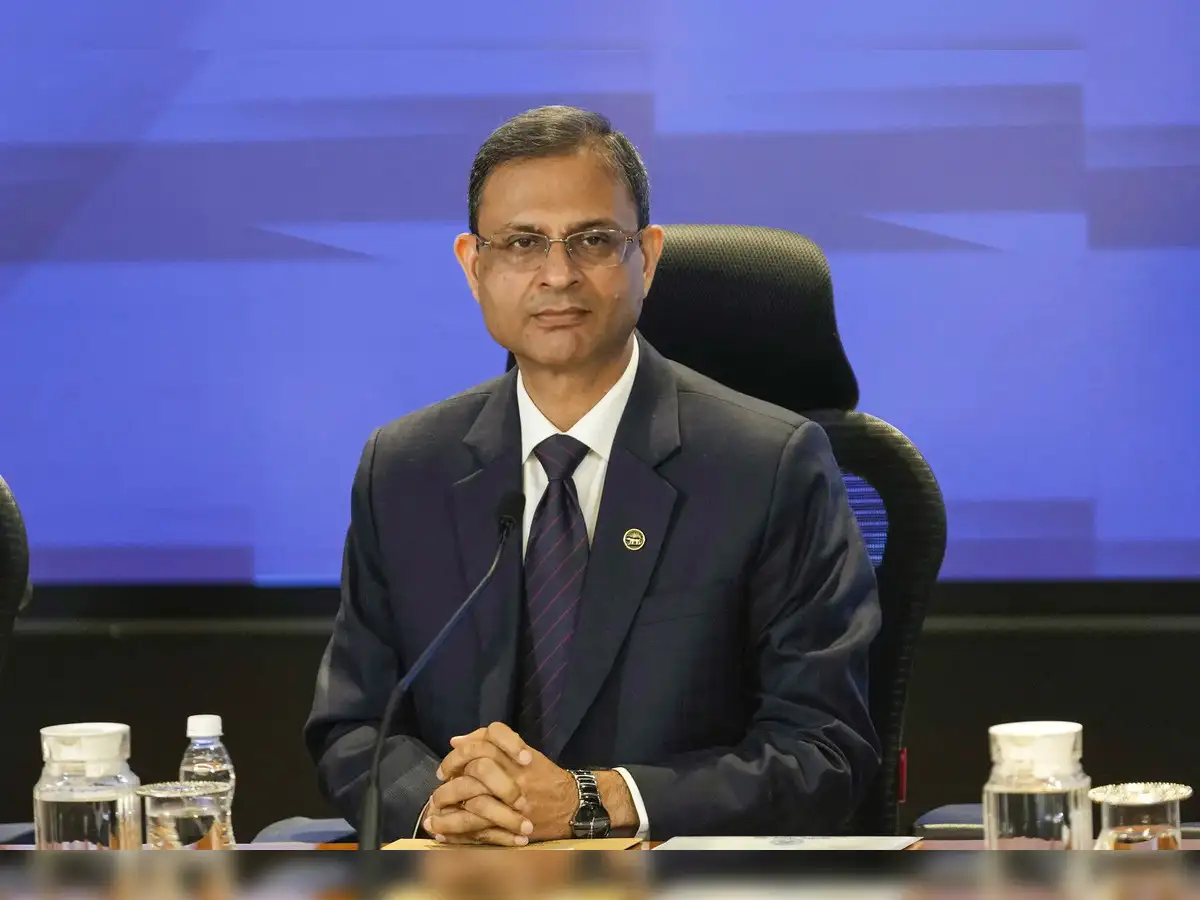The Indian currency market has once again come under the spotlight after recent fluctuations in the rupee’s value against the US dollar. Amid rising speculation and heated debate across financial circles, RBI Governor Malhotra delivered a strong clarification: the Reserve Bank of India does not target any specific rupee level. Instead, the recent decline is primarily driven by heightened dollar demand, both globally and domestically.
This statement has reshaped market perceptions, calming investor anxiety and providing a clearer understanding of the central bank’s monetary management strategy.
1. RBI’s Stance: No Targeting of Specific Rupee Levels
Governor Malhotra emphasized that the RBI doesn’t aim to fix or defend any numerical value for the rupee. This is consistent with India’s managed-float exchange rate regime, where market forces primarily determine currency movement.
Key Points
- The RBI prevents excessive volatility, not specific currency levels.
- The central bank steps in only when there is disorderly movement.
- Intervention tools include dollar sales, open market operations, and liquidity adjustments.
- The strategy ensures stability without interfering with natural market dynamics.
This approach stands in contrast to economies that fix their currency to the dollar or aggressively defend a specific level. India focuses instead on long-term macroeconomic health and inflation control.
2. Why the Rupee Fell: Strong Dollar Demand
According to Governor Malhotra, the primary reason for the rupee’s recent decline is a surge in dollar demand, not any weakness in India’s fundamentals. Dollar demand has risen across sectors:
Import-Driven Dollar Demand
India imports large quantities of:
- Crude oil
- Electronic goods
- Capital machinery
- Gold
When global commodity prices rise, importers rush to hedge and purchase dollars, increasing demand in the forex market.
Corporate Dollar Buying
Many Indian companies have global liabilities. When bond repayments and trade settlements spike, so does their dollar buying.
Foreign Portfolio Outflows
A stronger dollar globally often triggers:
- FII profit-booking
- Capital shifts to US debt
- Short-term outflows from emerging markets
These trends temporarily weaken EM currencies, including the rupee.
Higher US Treasury Yields
When US yields climb, global investors prefer safer US assets, creating more demand for the dollar.
Malhotra underlined that these shifts are cyclical and not signs of structural weakness in the Indian economy.
3. Global Dollar Strength: The Dominant Factor
The US dollar index (DXY) has risen due to:
- Expectations of prolonged high US interest rates
- Safe-haven buying amid geopolitical tensions
- Stronger US labour and manufacturing data
- Weakness in other major currencies like the euro and yen
As DXY strengthens, all emerging market currencies face pressure. The rupee’s movement is therefore part of a global trend, not an isolated depreciation.
4. India’s Fundamentals Remain Strong
The governor reassured markets that India’s macroeconomic foundation remains healthy.
Moderate Inflation
While inflation remains a challenge globally, India’s situation is relatively well-managed due to RBI tightening and stable food supply measures.
Robust GDP Growth
India continues to record world-leading GDP growth figures:
- Strong domestic demand
- Rising private consumption
- Growing manufacturing and services sectors
Healthy Forex Reserves
India’s forex reserves remain among the top five globally.
These reserves give the RBI confidence and flexibility to manage volatility whenever required.
Stable Banking System
The banking sector has:
- Improved asset quality
- High capital adequacy
- Strong liquidity buffers
Hence, temporary currency fluctuations do not threaten financial stability.
5. RBI’s Intervention Philosophy
Governor Malhotra explained that RBI interventions are not meant to manipulate the rupee but to ensure market stability.
Preventing Speculation
Sharp intraday volatility can lead to destabilizing speculation. The RBI prevents this using calibrated interventions.
Ensuring Liquidity
The RBI adds or absorbs liquidity depending on market needs:
- Dollar sales reduce panic
- Dollar purchases rebuild reserves during periods of stability
Avoiding Panic Reactions
By staying active yet non-intrusive, the RBI ensures markets remain orderly and predictable.
6. Impact on Common Citizens
Although currency fluctuations can seem like distant market events, they influence everyday life:
Imported Goods Become Costlier
Electronics, fuel, and foreign products may experience price rises.
Higher Travel & Education Costs
Students and travellers face increased foreign exchange charges.
Market Volatility
Equity markets often react strongly to major currency movements.
Inflationary Pressures
A weaker rupee may add to inflation, though RBI acts early to prevent this spiral.
7. Government & RBI Coordination
The central bank and government work as a team during volatile currency phases.
Fiscal Stability
A disciplined fiscal policy reduces long-term pressure on currency markets.
Monetary Alignment
RBI uses:
- Repo rate adjustments
- Liquidity injections
- Macroprudential tools
This coordination ensures consistency and reduces shocks.
8. International Factors Affecting the Rupee
Beyond domestic demand, multiple global forces shape rupee movement:
Crude Oil Prices
With India being the world’s third-largest oil importer, crude spikes heavily influence forex markets.
Geopolitical Conflicts
Wars, sanctions, and global supply chain disruptions increase dollar demand.
Federal Reserve Policies
Any hint of Fed rate hikes directly strengthens the dollar.
Global Risk Sentiment
Investors move away from riskier markets during crises, affecting EM currencies.
9. Future Outlook for the Rupee
Governor Malhotra expressed confidence about the medium- and long-term stability of the Indian rupee.
Expected Stabilization
As global demand for dollars normalizes, exchange rates are likely to stabilize.
Strong Capital Inflows Expected
India remains an attractive investment destination due to:
- Infrastructure growth
- Stable governance
- Strong demographics
Increasing Role in Global Trade
India’s push for rupee-based trade settlements will reduce long-term dependence on the dollar.
Resilient Domestic Consumption
High internal consumption acts as a cushion during global shocks.
10. What Investors Should Keep in Mind
Investors are advised to remain calm and take a long-term view.
Currency Volatility is Normal
Short-term fluctuations are part of open economies.
Strong Policy Support Exists
The RBI is well-equipped and experienced in managing currency swings.
Portfolio Diversification Helps
Investors should diversify across sectors, asset classes, and geographies.
11. Market Reaction to the Governor’s Statement
Governor Malhotra’s remarks have helped stabilize markets:
Reduced Panic
Traders reportedly cut back on aggressive dollar buying.
Bond Market Relief
Clarity on RBI policy encouraged stability in government bond yields.
Equity Market Support
Reduced currency anxiety supported domestic indices.
12. Long-Term Benefits of a Flexible Currency
A non-fixed exchange rate promotes:
Export Competitiveness
A slightly weaker rupee helps exporters remain competitive.
Balanced Trade
Market-driven currency values reflect real trade and capital flows.
Investor Confidence
Transparent currency management attracts stable capital inflows.











